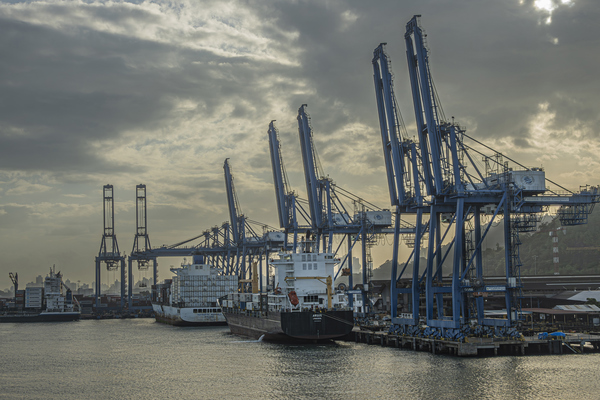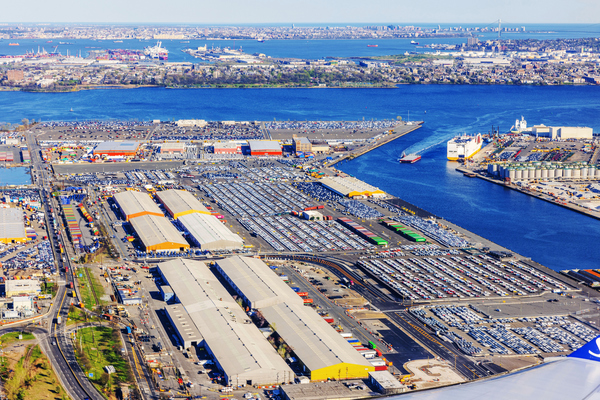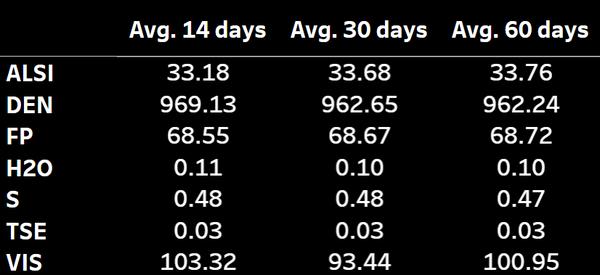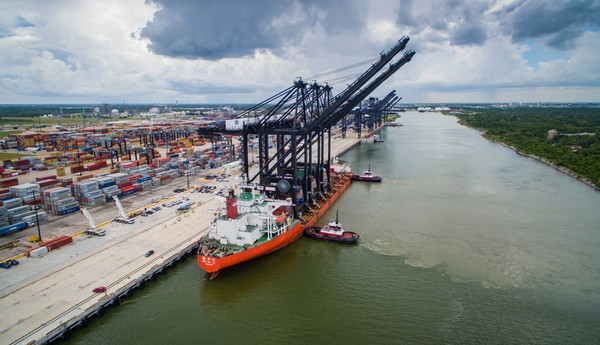New US LNG export facility to include CCS and bunkering
US-based energy firm Coastal Bend LNG will integrate carbon capture and storage (CCS) into LNG liquefaction and cogeneration processes to deliver “low-carbon” LNG for bunkering.
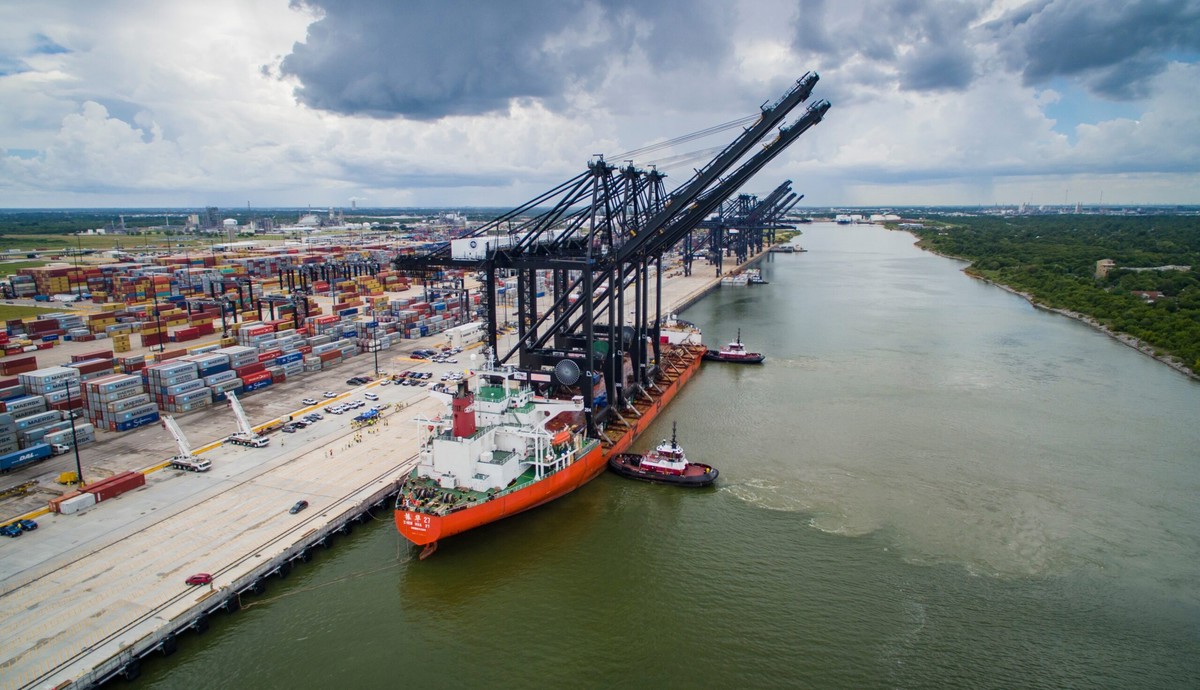 IMAGE: Vessel docked at Port of Houston in the US. Port of Houston
IMAGE: Vessel docked at Port of Houston in the US. Port of Houston
Coastal Bend LNG plans to develop a 22.5 million mt/year LNG export facility on the Texas Gulf Coast.
The facility will include up to five liquefaction trains of 4.5 million mt/year capacity each, LNG storage tanks and bunkering infrastructure.
“Carbon capture, transport, and storage will be integrated into Coastal Bend LNG’s facilities to deliver low carbon intensity natural gas sourced from U.S. onshore basins,” the company said.
Coastal Bend LNG expects to benefit from the 45Q tax credits for CCS in the US. The scheme is designed to encourage carbon capture, utilization and storage (CCUS) projects in the US.
The methane conundrum
While CCS can reduce carbon emissions during liquefaction and cogeneration, it does not address LNG’s main concern, which is methane emissions.
LNG (2.750 mtCO2/mt of fuel) has a lower carbon factor than RMG 380 fuel oils (3.114 mtCO2/mt) and MGO (3.206 mtCO2/mt), according to emission factors used in EU MRV regulation. But it has higher well-to-wake emissions than conventional marine fuels, partly because of its higher upstream methane emissions from leakages during extraction, processing and transport.
“LNG’s climate impact doesn’t stop at the engine. Upstream emissions add significant GHG loads to the fuel’s life cycle,” Jonathan Hood, sustainable shipping manager at Transport & Environment said, in a report.
By Konica Bhatt
Please get in touch with comments or additional info to news@engine.online

Contact our Experts
With 50+ traders in 12 offices around the world, our team is available 24/7 to support you in your energy procurement needs.

